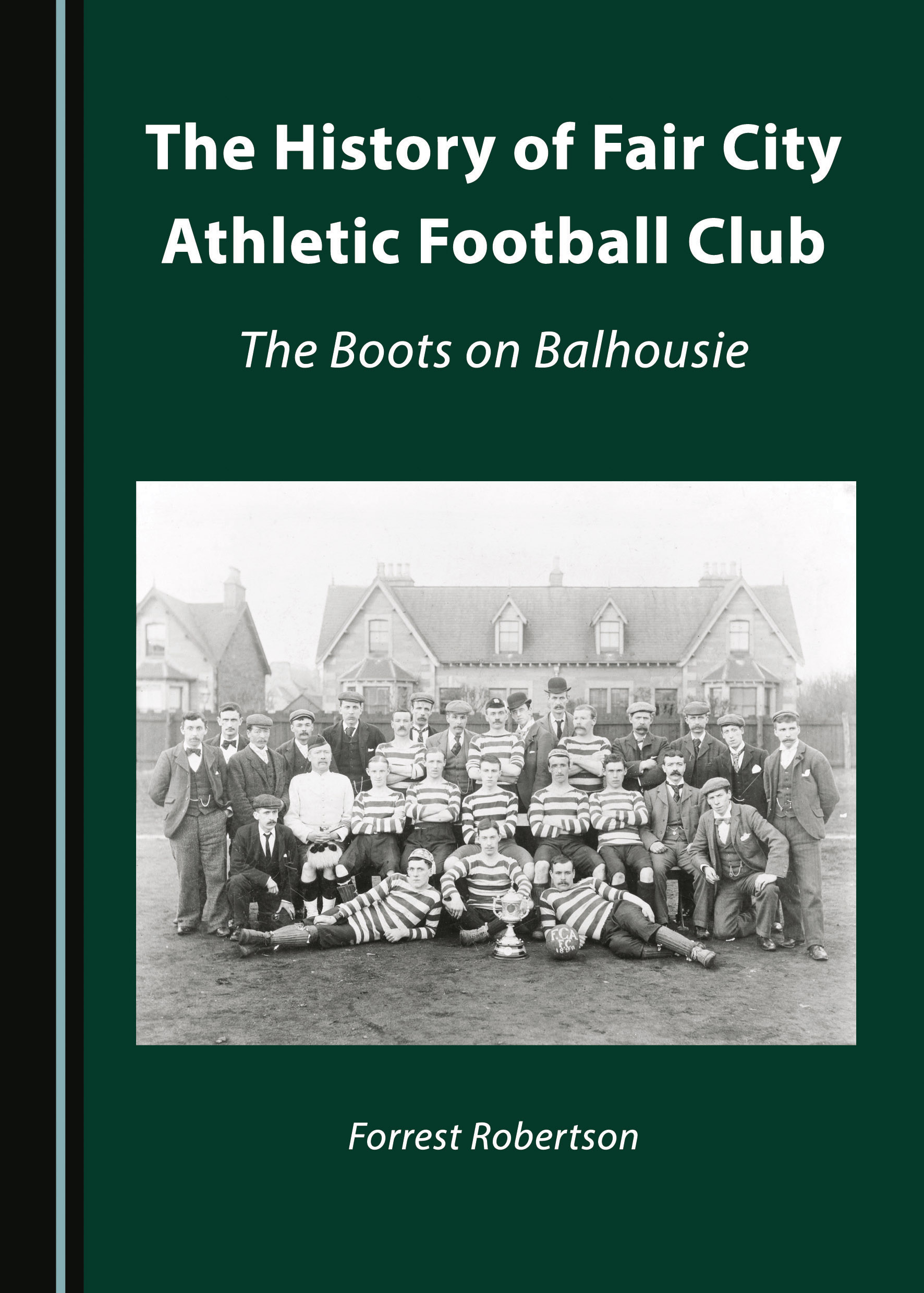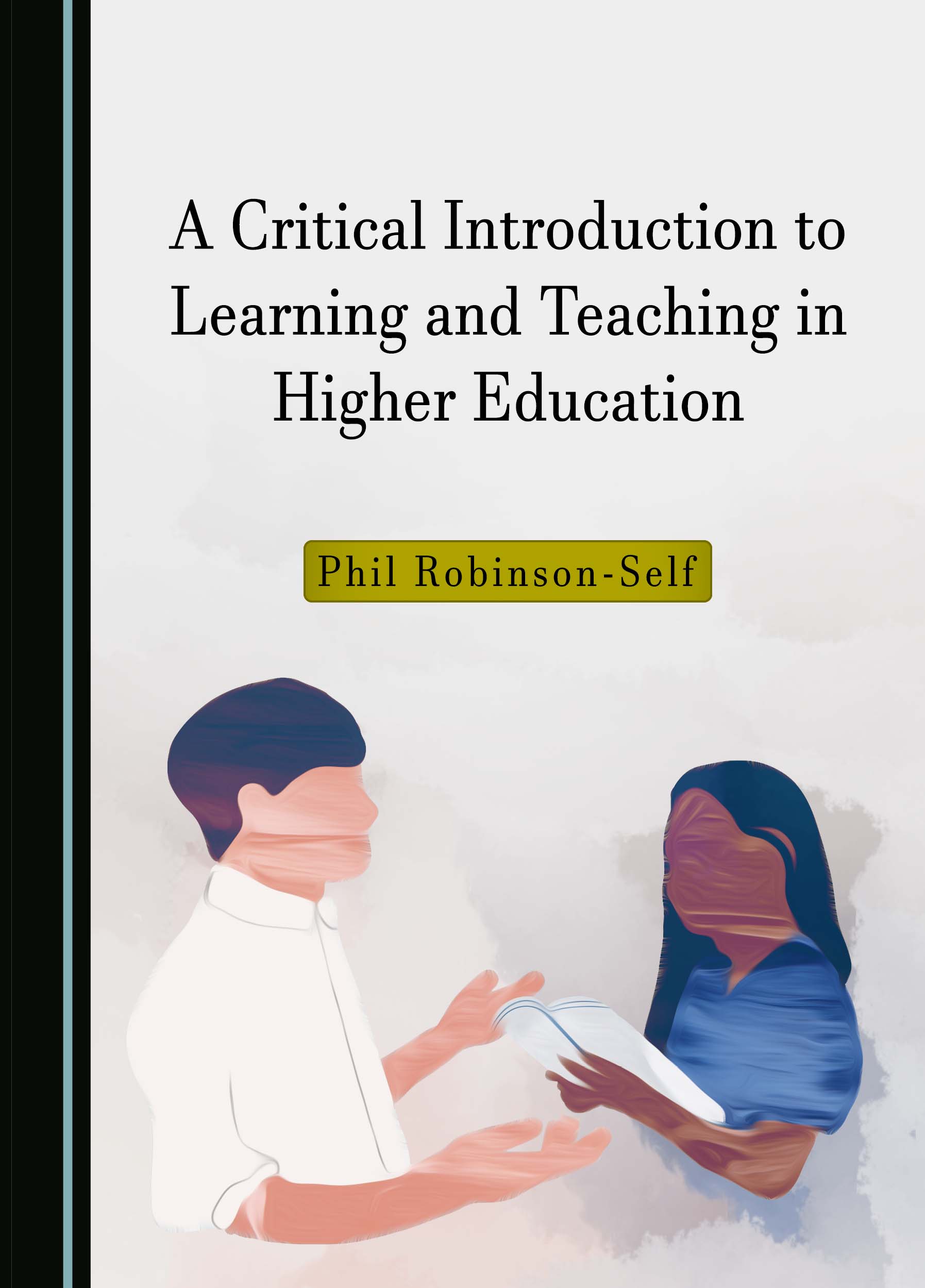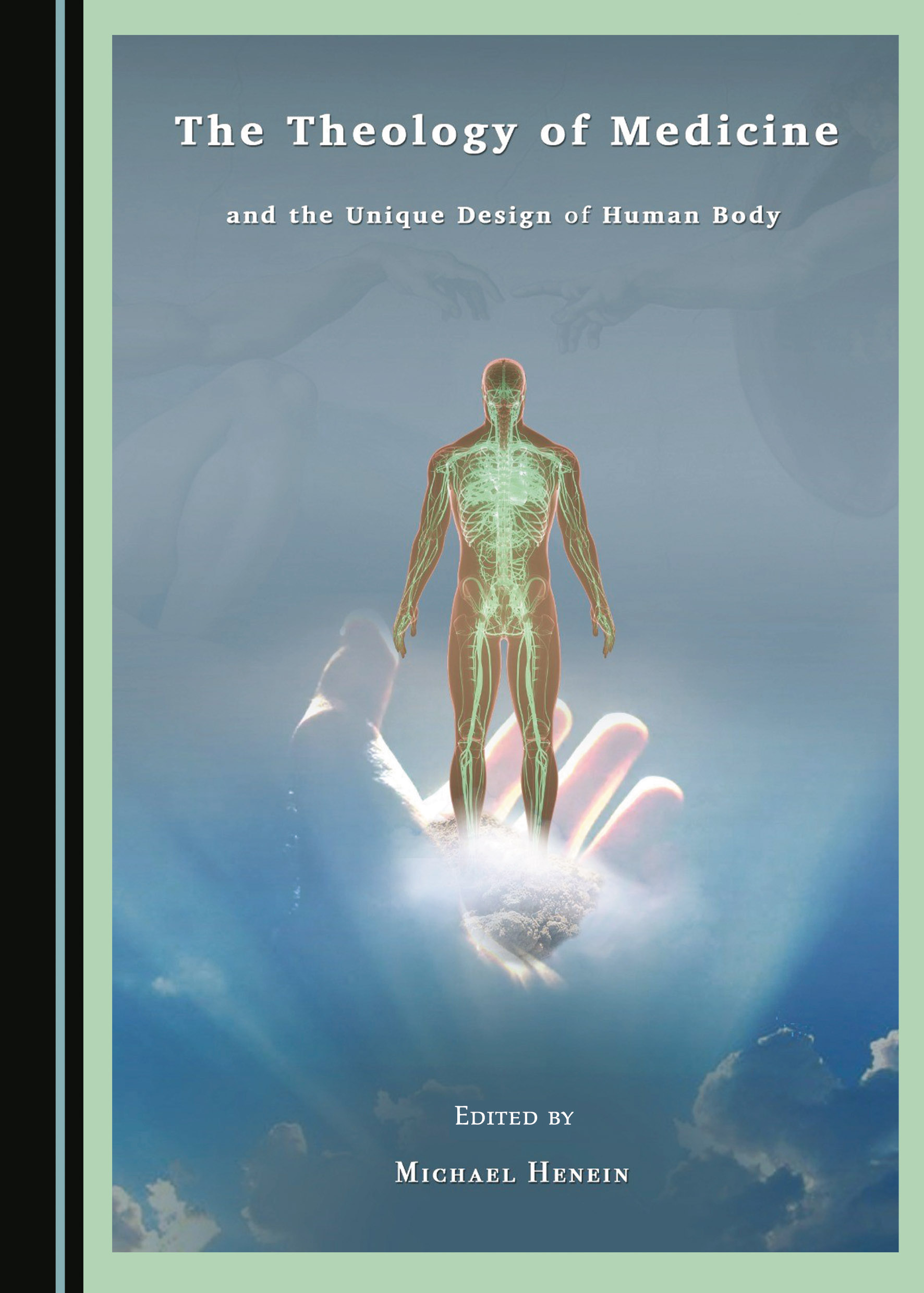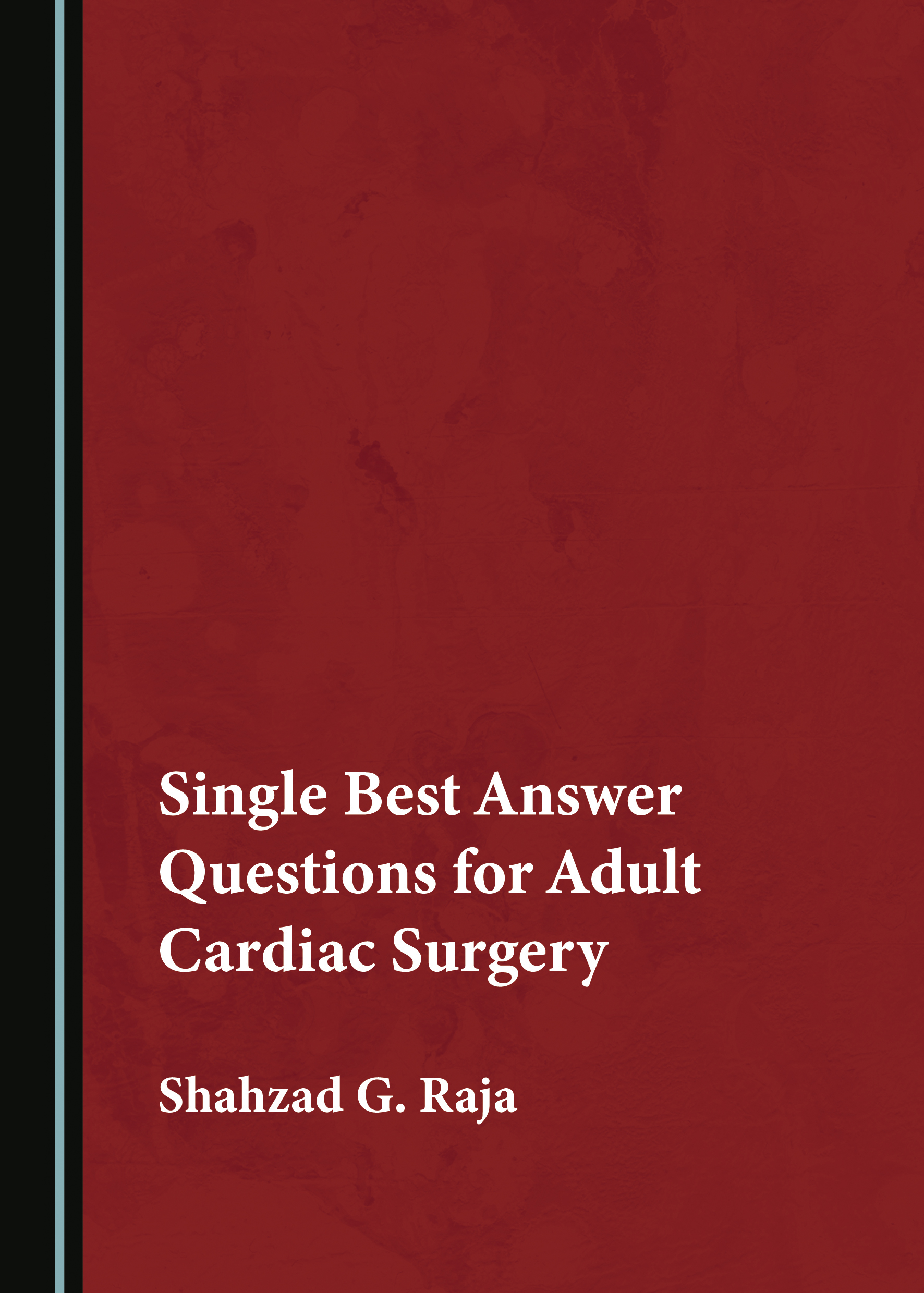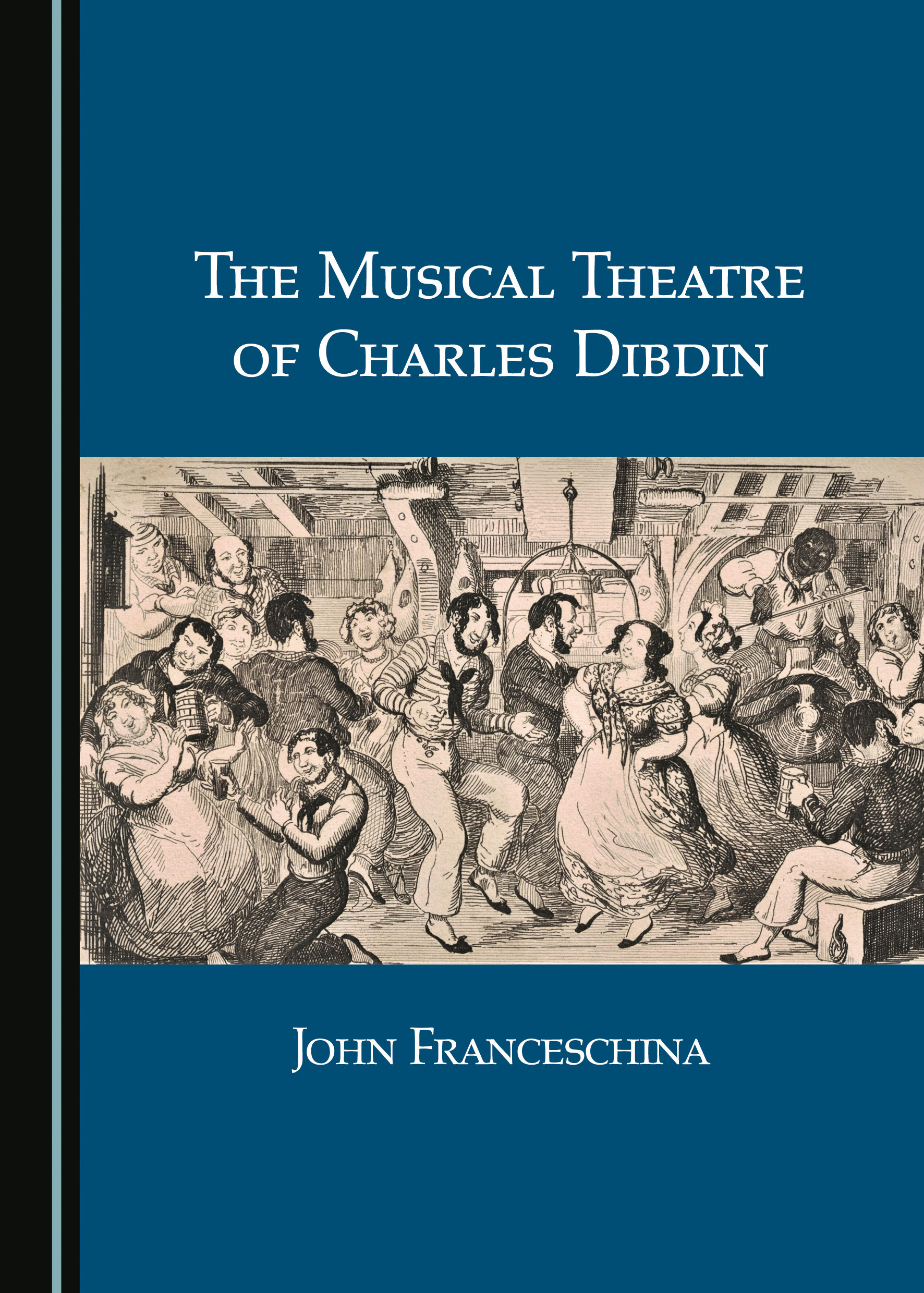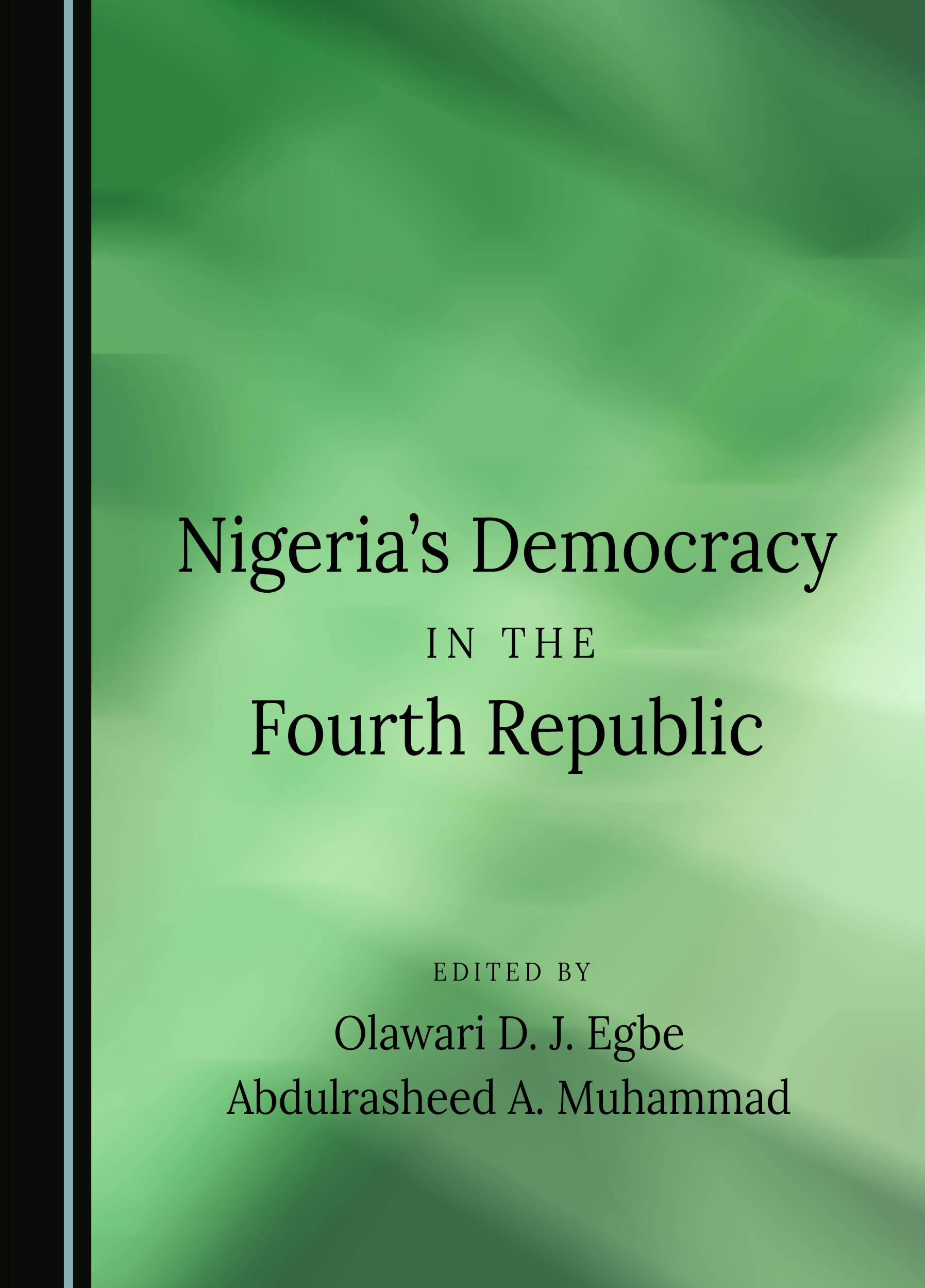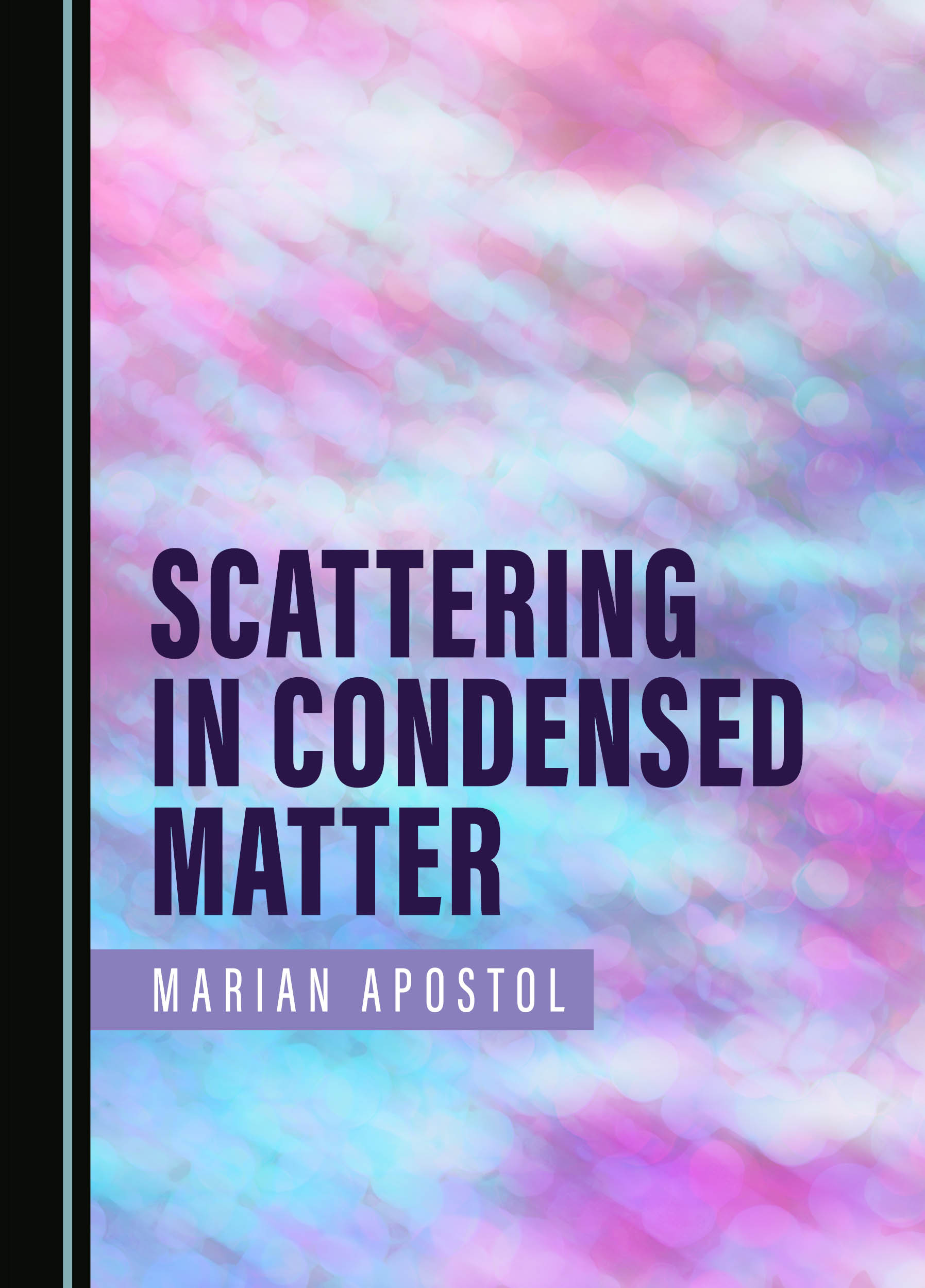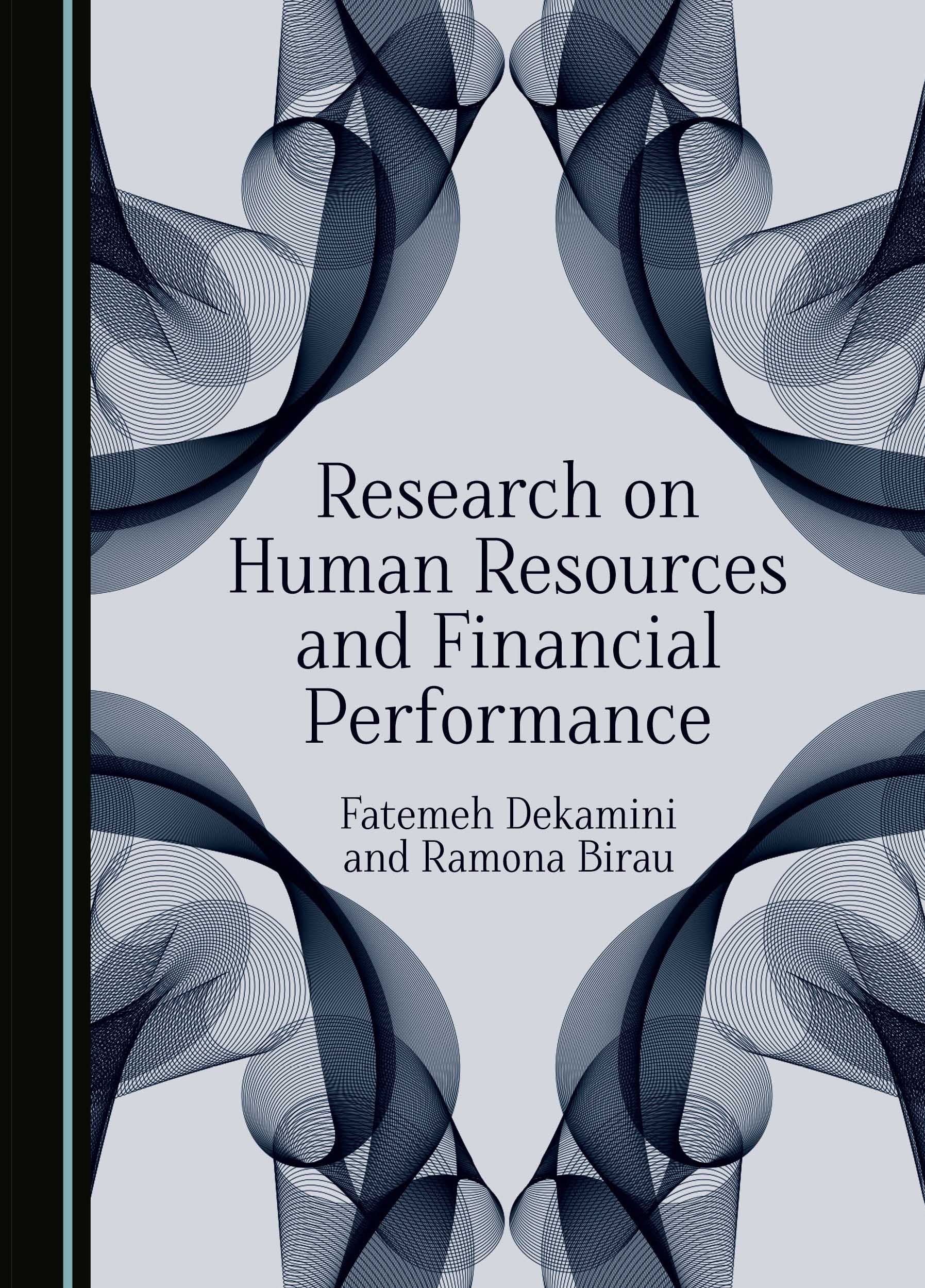Women Patrons and Collectors
In looking at the history of collecting, one may be excused for regarding it as an activity in which, traditionally, women have shown little interest or in which they have not been involved.
As the present volume shows, women—particularly aristocratic women—not only resisted this discrimination through the ages, but also built important collections and used them to their own advantage, in order to make statements about their lineage, power, cultural heritage or religious preferences. That is not to say that there was not an increasing number of middle-class women who became draughtswomen, painters and natural scientists and who found it equally beneficial for their chosen profession to collect. In every case, the female collector chose to collect and what to collect; she chose how and where to present the collection and she also decided when to dispose of objects, thereby occasionally taking on a curatorial role.
Women have been seen as gatherers of furnishings, jewellery, dress and objects of domestic life. This third volume in the Collecting & Display series of conference proceedings challenges such perceptions through the detailed analysis of different types of collecting by women from the early modern period onwards; it thus seeks to give a voice to a group of important female collectors from the sixteenth to the early nineteenth century whose importance for the history of collecting has not yet, or not sufficiently, been acknowledged.
This book is part of a series. View the full series, "Collecting Histories", here.
Collecting & Display (100 BC to AD 1700) is the name of a working group founded by the three editors of this volume in 2004. The group has been running a research seminar at the Institute of Historical Research at the University of London from 2005, in Florence from 2008 and has organised international summer conferences from 2006 onwards. The three editors teach at university programmes in the UK, France and Italy and are widely published on the subject of the history of collecting, the display of collections and the art market, including the first two volumes of the present series with Cambridge Scholars Publishing, Collecting and Dynastic Ambition (2009) and Collecting and the Princely Apartment (2011). For more information, please visit www.collectinganddisplay.com.
“This volume of collected essays on Women Patrons and Collectors expands on recent, often groundbreaking, research regarding female patronage of the (early) modern period which has shown that Isabella d’Este was not the sole patron among the aristocratic women of her time. Rather, noble women and members of the upper middle classes commissioned and collected works of art, for political and dynastic reasons they became donors of cultural and religious foundations and they became involved in the construction and embellishment of villas and palaces.
The focus has long shifted from the simple justification of female patronage to the definition of quality. The introduction by Sheila ffolliott, herself a specialist in female patronage, opens the discussion that the seven contributors to the present Collecting & Display volume conduct carefully and convincingly. A rich bibliography and detailed index form a helpful scholarly apparatus and lay the foundations for future research.
The essays include new research on the Florentine apartments of Eleonora of Toledo whose patronage has been the focus of much scholarly attention (Gáldy/La France). This example of the Italian Renaissance is followed by seventeenth- and eighteenth-century female patrons in England (Rowell/Aymonino) and Hungary (Bubryák). Collections of the ancien regime are examined using long-neglected parametres such as inheritance and dowries as well as conservation and curatorial activities by women of the high aristocracy (Zech). One contribution discusses the increasing interest in and investigation of naturalia by women (Kearney), while the participation of female art collectors is investigated well into the nineteenth century (Mansel). Such case studies are being complemented by discussions of the art market and how it developed according to gender – possibly as the result of the increasing strength and importance of the middle classes. The acceptance of a traditional dichotomy of male connoiseurship contrasted by a female domestic sphere continues to this day; it is the merit of volumes such as this to correct this image and to explain the influence of female collectors on the development of the arts and sciences and to which extent they were involved in the genesis of the modern museum.”
– Dr Ilaria Hoppe, Institut für Kunst- und Bildgeschichte, Humboldt-Universität zu Berlin; Author of Die Räume der Regentin. Die Villa Poggio Imperiale zu Florenz
“This new volume in the Collecting and Display series brings to the fore seven case histories of patronage and collecting by women living in various European countries from the 16th to the 19th century. The excellent introduction helps to bring together the large geographical and temporal span covered in this book by identifying important criteria for an understanding of women’s contribution. Women’s interest and involvement in the patronage and collection of works of art and precious objects are to be seen in conjunction with men’s activity in these areas, and fashioned by the same culture, motivations and justifications. There was indeed a ‘shared behaviour regardless of gender,’ and this book also explores some of the reasons why women’s important contribution has been marginalised throughout the centuries.
Documentary evidence such as inventories, letters, diaries, prints, and even, in the case of Elizabeth Seymour Percy, a number of catalogues which she herself wrote, demonstrate the range of interests of these women, mostly wives of rulers, or belonging to the aristocracy, but also, in the case of the Netherlands, to the wealthy middle class. Their commissions, at times jointly undertaken with their husbands, ranged from buildings to the decoration and furnishing of their own apartments. Their collections comprised precious silverware, jewellery, Old Master paintings, and often included the fashionable natural curiosities which were kept in studioli, and exhibited together with small-scale portraits, medals, ivories and statuettes. All these objects and works of art demonstrate how many of these women were aware of their role within their blood and marriage families, which they celebrated by these activities.”
– Paola Tinagli, author of Women in Italian Renaissance Art (MUP, 1997); co-author of Women in Italy, 1350-1650. Ideals and Realities. A sourcebook (MUP, 2005)
Adriano Aymonino
Susan Bracken
Orsolya Bubryak
Robert G. France
Joy Kearney
Philip Mansel
Christopher Rowell
Adriana Turpin
Heike Zech
Buy This Book








